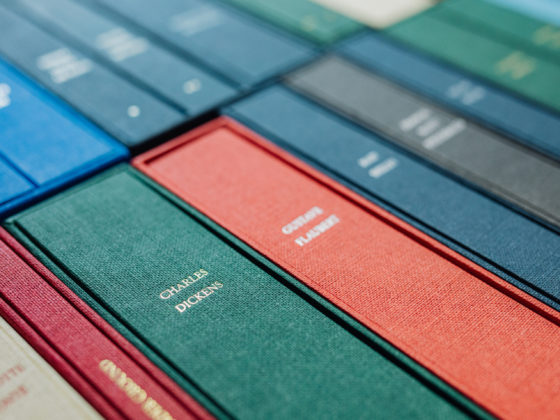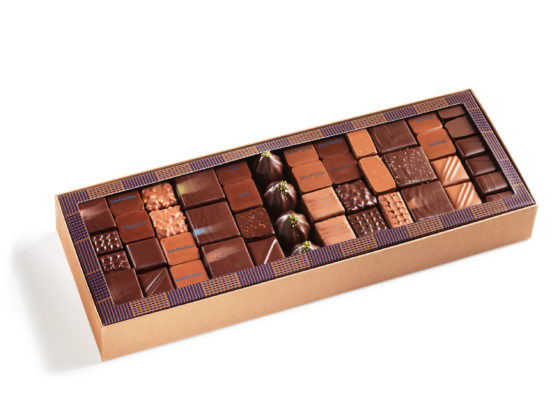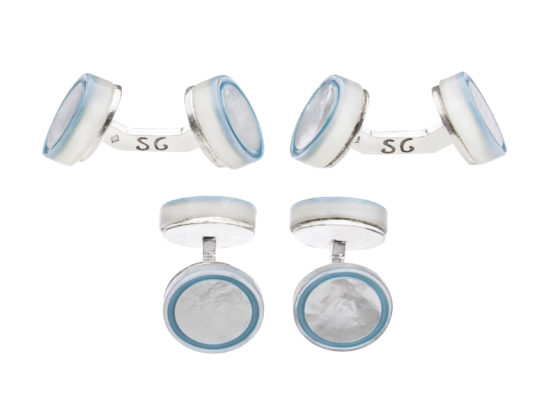Front engines, in two-seater GT, had not been seen at Ferrari since the mythical 365 GTB 4 in 1974. The 550 is its worthy heir. It’s also a collector’s item that holds up as well as it does on the road.
By François Tauriac
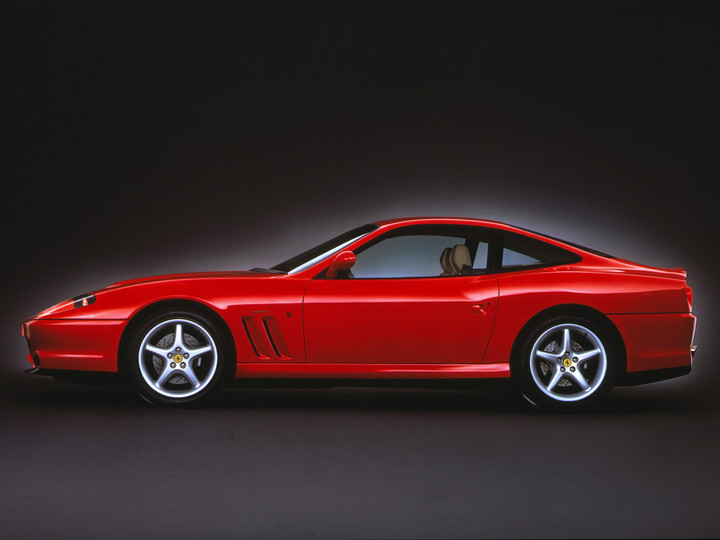
Legends are sometimes tenacious. Especially when they come to haunt mythical brands. “It’s the horses that pull the plow,” Enzo Ferrari once said. True or false, this remark was a nice way to justify the Commendatore’s passion for front engines. So it gave birth to the 550 Maranello. In 1996, it succeeds the noble lineage of the emblematic Testarossa and the very rare 512 TR and 512 M. A return to the V12 before, after more than 22 years of diet with V8 central rear and V12 at 180 degrees (almost flat, but never boxer).
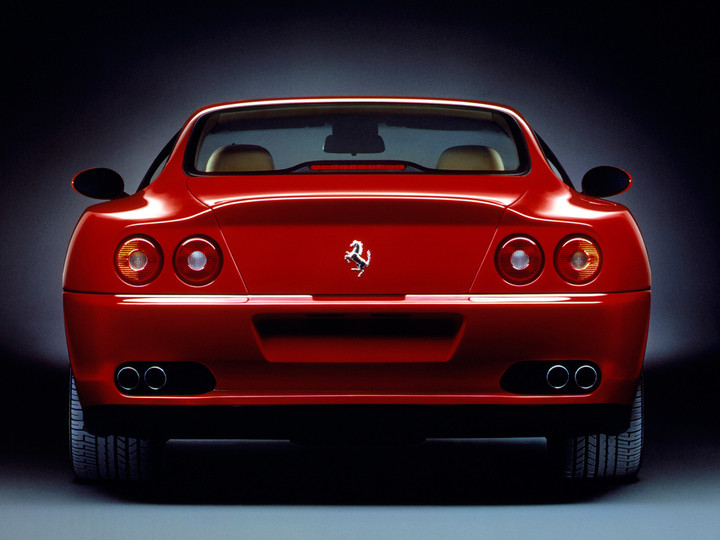
Front engines, in two-seater GT, have not been seen at Ferrari since the mythical 365 GTB 4 in 1974. By all accounts, the 550 is its worthy heir. Even if it conveys the main principles, it greatly improves them in the process. First of all, its V12 is a 5.5L and not a 4.4L. And it has little to do with the “Tipo” dear to the heart of the engineer Columbo. 24 valves for the Daytona, 48 for the 550. The latest model has nearly 500 hp, compared to 350 hp for its predecessor. An all-aluminum V12 open at 65 degrees with different camshafts for more torque and power. 30 hp more than the 456 – 2+2 equipped with the same block. Secondly, despite its substantial weight and generous dimensions, the Maranello is not a truck. Aluminium body and steel doors. It is not as fast as a sedan, but the “central front” position of its engine block associated with the positioning of its 6 speed gearbox, on the rear axle, gives it an impressive balance. “The engine is very close to the interior,” says one enthusiast. So much so that between the nose of the car and the water pump, there is a significant space. A bit like the Porsche 928 which popularized the same “transaxle” architecture with its Wiessach rear axle.
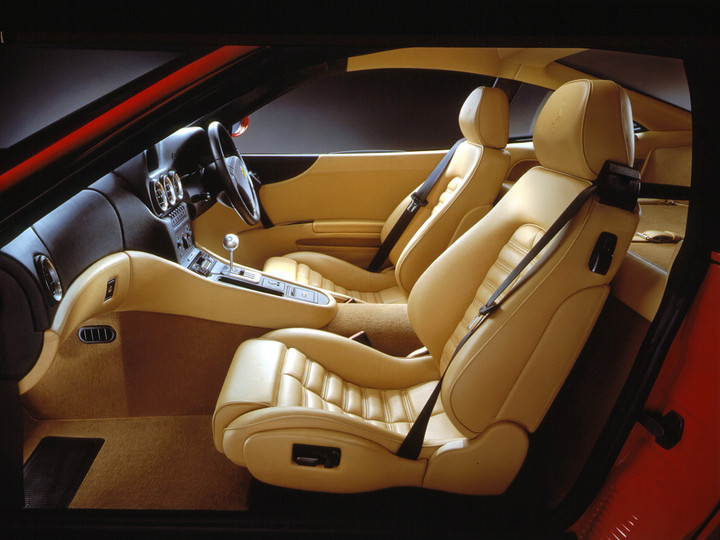
Behind the wheel, the car is impressive. When it starts to shake after the characteristic complaint of the Nippondeso starter and when its 12 purrs in an almost hoarse rattle, one is almost ecstatic. On board the gearbox, with its mythical grid, falls well under the hand. The clutch is firm. When cold, the gearbox control is also firm. But this coldness quickly fades away. The first thing that strikes you is the torque. In sixth gear, you can drive at 800 rpm at 60 km/h and then accelerate without changing gear and without jerking up to 320 km/h! The accelerations are demonic, you would forget to change gears. From 0 to 200 km/h in 16 seconds. With the Tubi Style exhaust system (compulsory option), you are in Immola or in the Mistral straight line at Paul Ricard. “But we are not in the symphonic heights of the V8, assures a specialist. There is less high-pitched violence in the 12.
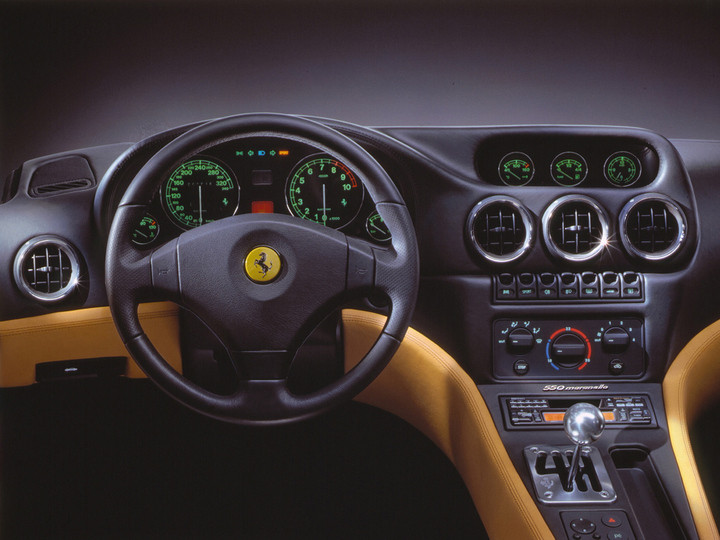
The balance is like the braking: insolent. Imperial handling and front end steering. We would have liked to see less diving under braking. The only flaw of the beauty is its finish. We are still on the bad Italian habits of the 80s. Let’s throw a veil of secrecy over the Fiat Brava’s “headlight code, turn signals and wipers”. On the ceiling light worthy of an Alfa cab of the 70s. Let’s focus on the switches that get sticky with time, the carpets that bounce like Bret’s chips, like the rear quarter lining, the passenger airbag protection that bubbles or, worse, the dashboard cover that wrinkles like an old pair of stockings.
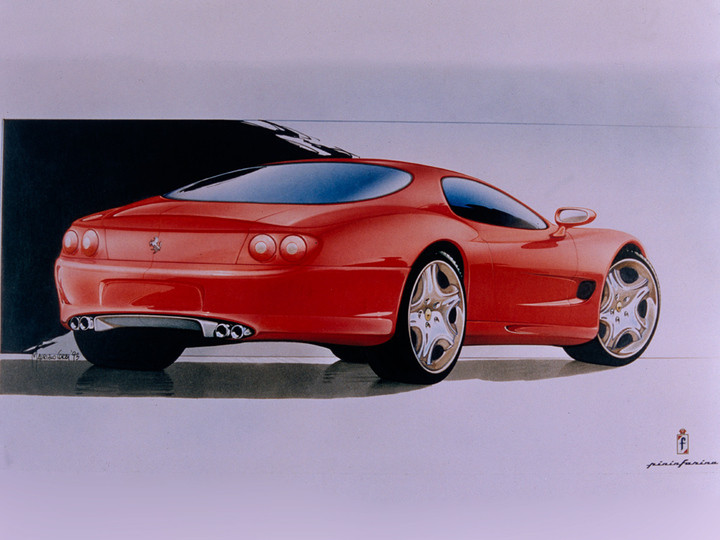
So much so that an American railroad enthusiast offers standard switch exchanges on his site called “sticky no more”. These details are not enough to discourage enthusiasts from investing up to 100,000 euros for a beautiful example with less than 100,000 kilometers and more for examples with very little mileage. It must be said that the car is rather rare. There were only 3,085 copies. It is also reliable, the V12 with its titanium alloy connecting rods is puncture-proof as long as you respect the temperature rise (nearly 10 km on the road) and the maintenance. The gearbox is quite solid if you wait for it to warm up, braking and suspension too (Bosh, Bilstein, Brembo), the clutch can be easily improved with an upgraded release bearing available at Red Parts. Last black point: electricity. True to its roots, in 1996 the brand was still using some Magneti Marelli curios. Which do not always go well with the Bosch system, which is fortunately very present. The 550 is a GT to offer yourself or at least to try as soon as possible because the luxury rental companies offer some of them.






